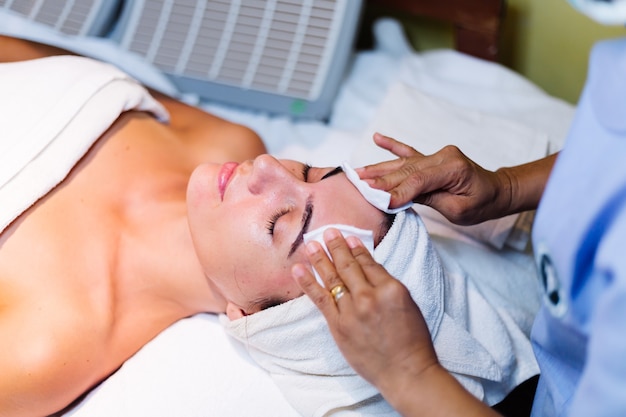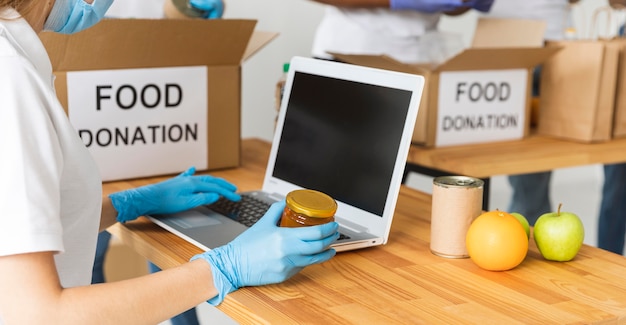
Keeping food safe and preventing foodborne illnesses depends heavily on maintaining high standards of hygiene and safety. However, many people forget the basic principles of food safety, even after training. Whether you’re in a professional kitchen or cooking at home, avoiding common mistakes is crucial to creating a safe and healthy food environment.
1. Proper Hand Hygiene
One of the simplest yet often overlooked food safety practices is washing your hands correctly. A quick rinse isn’t enough; you need to scrub with soap for at least 20 seconds, especially after handling raw foods like meat, poultry, or seafood. Skimping on this can spread harmful bacteria like Salmonella and E. coli.
To avoid this mistake, wash your hands thoroughly and dry them with a clean towel or air dryer.
2. Cross Contamination
This happens when bacteria from raw foods pass to cooked or ready-to-eat foods, often through shared cutting boards or utensils.
To prevent this, use separate cutting boards for raw meats and other foods, and always clean your surfaces, knives, and utensils after contact with raw items.
3. Ignoring Expiry Dates
It’s easy to forget, but expired foods can be a health risk. Always check dates before using products; they tell you when food isn’t safe anymore.
To avoid problems, check expiry dates regularly and rotate your stock to use older items first.
4. Incorrect Storage Temperatures
Not storing food at the right temperature allows bacteria to grow. Keep perishable foods refrigerated below 5°C to stay out of the “danger zone” of 5°C to 63°C.
To prevent this mistake, set your fridge below 5°C and refrigerate leftovers within two hours of cooking.
5. Thawing Food at Room Temperature
Leaving frozen food on the counter to thaw is a common error, allowing bacteria to multiply.
To avoid this, thaw food in the fridge, under cold water, or in the microwave. Don’t leave perishable foods out for longer than two hours.
6. Overlooking Personal Hygiene
The person handling the food is as important as the food itself. If you’re sick, wearing dirty clothes, or have loose hair, you could contaminate the food.
Keep yourself clean, tie back hair, and don’t cook if you’re feeling unwell.
7. Cooking at Incorrect Temperatures
Cooking food thoroughly kills harmful bacteria, but rushing can lead to undercooked meals and illnesses.
To avoid this, use a food thermometer to ensure food reaches the correct internal temperature, especially the thickest part of meats.
8. Reusing Utensils Without Cleaning
Using the same utensils for raw and cooked foods can cause cross contamination.
To prevent this, separate utensils for raw and cooked foods and clean everything right after use.
9. Not Washing Produce
Even if fruits and vegetables look clean, they can carry harmful bacteria or pesticides. Failing to wash them increases foodborne illness risk.
Wash produce under running water and scrub firm items like cucumbers with a clean brush.
10. Neglecting Kitchen Surface Cleanliness
Worktops and cutting boards can harbor bacteria from raw food. Ignore cleaning them, and you’ll contaminate the next prep.
To prevent contamination, clean and disinfect surfaces after prepping food, particularly after raw meats, using a disinfectant or hot soapy water.
To sum up, food safety is essential not just for avoiding illnesses but for protecting everyone’s health. By staying aware of and avoiding these top 10 common food safety mistakes, you can achieve safer food preparation practices. Courses on food hygiene and safety are available to help deepen your understanding of food safety principles.









